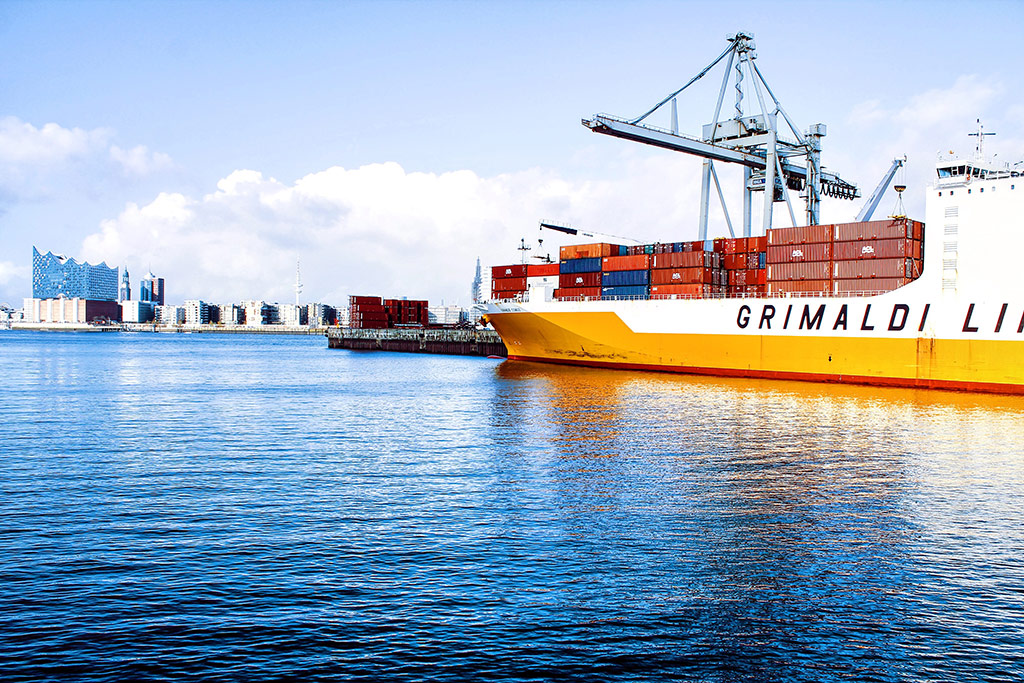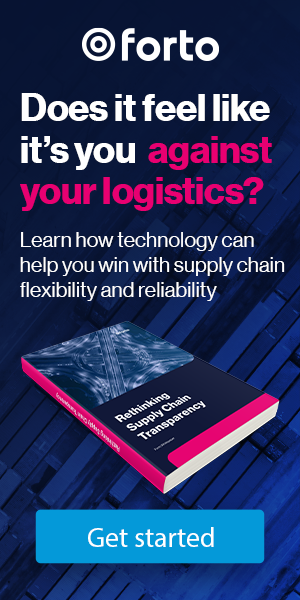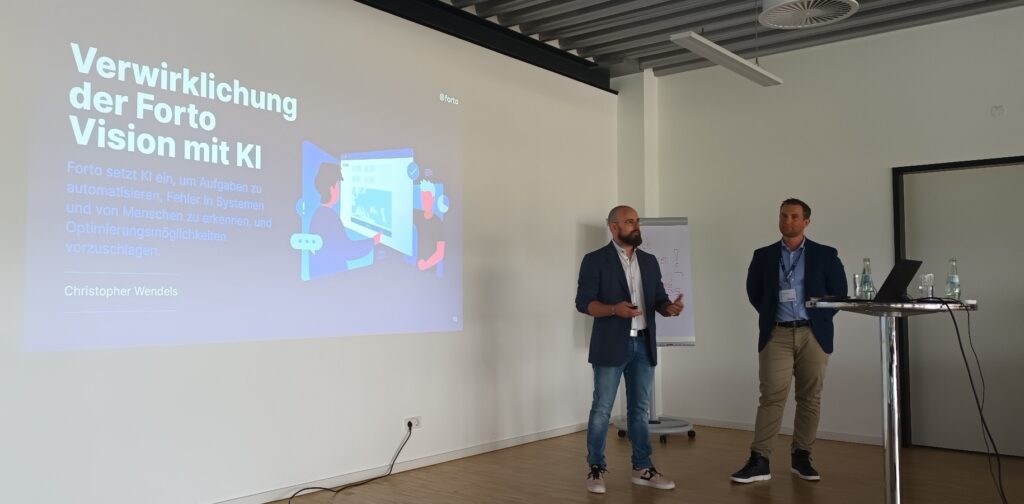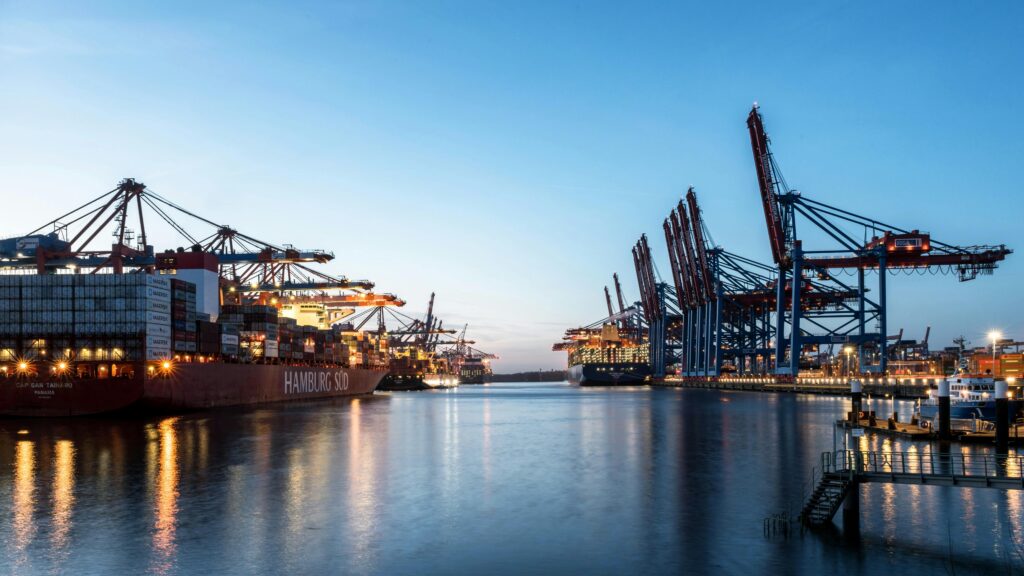In order to remain attractive to international shipping lines with container ships that keep getting bigger and bigger, ports are depending on deep access routes and plants that are technically efficient. This brings big challenges, especially for European ports.
Within the recent years, the technical requirements on ports for shipping container turnovers have been increasing significantly due to the freighters that keep getting bigger. In order to keep the timeframe for idle time planned by the shipping lines, shipping containers have to be unloaded in high speed. Therefore ports have to invest in more and more technically efficient plants and container bridges. In addition, there are security measures that need to be done for freighters of this size, such as the expansion of quay walls. Last but not least, what the ports have ready for the maritime infrastructure will also have consequences for the onward transport of the cargo on shore. The biggest freighters of shipping lines are capable of a turnover of up to 8,000 shipping containers within two days if the port allows it – and if the 3,000 trucks, which are necessary to further transport the cargo, are ready.
Faster, broader, deeper: Ports are competing with each other
Nevertheless, the ports don’t stop upgrading while competing with each other for the mega ships in order to stay attractive to shipping lines and their freight. Even a port like Hamburg – which after all is the 3rd biggest European port after Rotterdam and Antwerp – is unwilling to risk scaring shipping lines away and does not only invest in expensive devices for the shipping container turnover but also plans a deepening and expansion of the river Elbe in addition. So far mega ships have only been able to enter the Elbe with a reduced cargo as the river is not deep enough. The price saving for the big freighters, however, only significantly affects the shipping with full loads, more and more shipping lines decide to do the giant ships container turnover in other ports. The amount of shipping container turnovers in Hamburg’s port decreased by more than nine percent in the last year. Not only because the container shipping industry is generally stuck in a crisis but also because international shipping lines are changing. In view of this cargo decline, local shipping lines and logistics companies do not want to accept critics from environmentalists and flooding experts regarding the planned expansion of the Elbe.
Shipping lines are ordering ships that keep getting bigger, giant ports in Asia are booming
The fact that the European ports accept technically investments and the costs for expansions so willingly is also due to the Asian Europe route and its great use by the shipping lines. Because for the giant Asian ports the shipping lines’ sea giants are already normal: In the biggest ports such as Shanghai or Singapore have an annual shipping container turnover of more than 30 million and Myanmar is planning a mega port with a turnover of more than 100 million tons of cargo. In view of the big amount of shipping containers, on the long routes to Europe the shipping lines could cut costs by using big freighters. And therefore the shipping lines keep ordering ships that keep getting bigger and bigger and the ports adapt to the requirements.







